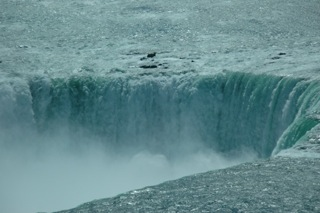
We can say the same thing about the energizing of patterns in organizations. Much as energy moves from more complex to less complex physical systems and subsystems, so there is a tendency for energy to move from more complex (unpredictable, unique) subsystems to less complex (predictable, repetitive) subsystems. We see this in our own personal lives when there is the reduction of anxiety and “nervousness” at the point when things return to their “normal” way of operating. This same desire for predictability is to be found in any art form—resolution of tension in a play, movement from a dissonant chord to a consonant (resolved) chord in a musical composition, identification of the murderer in a mystery novel. We want everything to return to a peaceful state and are willing to find and expend a considerable amount of energy in finding this peaceful place.
The dynamic of differentiation and the flow of energy from an unresolved to a resolved state is found in many contemporary theories of human motivation. For many years, psychologists couldn’t make sense of human play—a type of activity that seems pervasive in human society (leading Huizinger, in his insightful analysis, to declare that humans are homo ludens – the playful ones). Why do we engage in play? This seems to be an autotelec (self-energizing) activity. Some psychologists suggested an “arousal jag” that human beings find to be enjoyable: we get scared or excited and then find relief from this fear or excitement which is reinforcing. More recently, the research conducted by Mihaly Csikszentmihalyi suggests that we live for the opportunity to experience “flow” which is to be found at the threshold between anxiety and overwhelm (on the one hand), and boredom and underwhelm (on the other hand).
Stated in terms of energy flow, the Csikszentmihalyi model points to the power inherent in the flow from high levels (anxiety and challenge) to low levels (boredom and predictability). Patterns are repeated, in other words, so that the unique and unresolved moves toward the expected and resolved. It is in this movement between higher and lower states that we find “flow”—thus (ironically) encouraging the establishment of stable patterns of behavior to which we can always return after our adventuresome journey into the new. Energy is generated by and sustained throughout this movement between differentiated states.
Download Article 1K Club
















